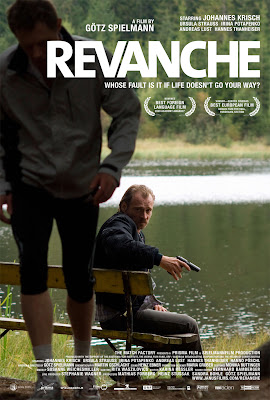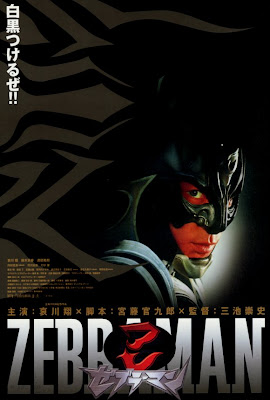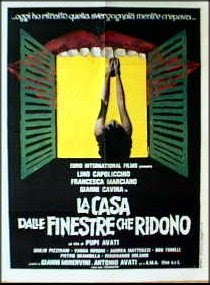(1973) Directed by Woody Allen; Written by: Woody Allen and Marshall Brickman; Starring: Woody Allen, Diane Keaton and John Beck; Available on DVD
Rating: ****
I first watched Sleeper sometime in the 1970s when I was just a little kid, and it left an indelible impression that demanded repeated viewings over the years. It was most likely my first Woody Allen film – not a bad starting point for anyone looking for a more accessible entry into Allen’s unique brand of comedy. Sleeper is best described as cerebral slapstick, having more in common with Allen’s earlier, broader efforts such as Take the Money and Run and Bananas, but representing the evolving sensibilities of a maturing filmmaker. Amidst the numerous sight gags, Allen weaves in substantial amounts of social satire, pop culture jabs and literary references.
Sleeper takes place in a future that seems alien, yet not too unrecognizable from our own time. Miles Monroe, played by Allen, wakes up after he was placed in cryogenic suspension, following a botched operation. He‘s surprised to discover that 200 years have passed, and the existence that he knew is gone. In its place is a bizarre, sanitized world rife with contradictions and run by a totalitarian regime. The physicians who revived him are part of an underground movement dedicated to toppling the government, and Miles is simply a pawn in their greater scheme. As they attempt to learn more about Miles’ former life, it’s the perfect opportunity to skewer several significant 20th-century figures, including Howard Cosell, Joseph Stalin and Billy Graham. Miles serves as the ideal, befuddled guide to bridge the past and future worlds for the audience, as he tries to make heads or tails of his weird new surroundings (At one point he exclaims, “My God! I beat a man insensible with a strawberry!”). He’s another iteration of the self-deprecating, neurotic everyman that Allen would continue to refine over the years.
Luna Schlosser (Diane Keaton) is the other key player in Allen’s dystopian comedy. She’s the epitome of the 1970s “Me Generation,” exemplified by her egocentrism and relentless pursuit of hedonistic pleasures. She enjoys her isolated, bourgeois existence, favoring her anesthetized, controlled world and electronic comforts (such as the orgasmatron and servant robots) over whatever happens outside her door. Luna doesn’t understand why there would be an uprising, turning a blind eye to the injustice that’s going on under her nose. She’s perfectly happy as long as she can continue to entertain her like-minded friends and create her awful poetry.
In addition to the numerous one-liners riddled throughout, Sleeper showcases Allen’s talent for physical comedy. His movements are choreographed chaos, like a modern-day silent comedy. In fact, Allen originally envisioned Sleeper as a silent film, and several scenes play without dialogue, depending primarily on facial expressions, movement and upbeat jazz music to get the comedy across. In an early scene Miles makes a bumbling escape from government police that would have made Chaplin or Keaton (Buster, not Diane) proud. In another brilliant scene, Miles masquerades as a servant drone and hides out in Luna’s house. Luna and her party guests are so self-absorbed that they don’t even notice the fact that he’s an imposter. He does his best to blend into the scenery while battling a giant glob of rogue instant pudding in the kitchen or passing around a silver orb with strangely addictive properties.
Sleeper accomplishes what some of the most effective comedies and science fiction films do – reflecting the time that they’re made while calling out the inherent fallacies in society and absurdities of everyday life. 200 years ago, Miles owned a health food store, but learns that everything that he thought was bad (such as fudge, steak or cigarettes) was actually healthy. Although the film is clearly a product of another era, it’s interesting to note how many of the jokes are still relevant now. We’re still a generation of self-obsessed, style-conscious consumers, obsessed about retaining our electronic creature comforts while being concerned about the government’s intervention into our everyday lives.
Woody Allen’s style has evolved in the past four decades, often adopting an increasingly introspective, darker tone in his later projects as a “serious” filmmaker. It’s debatable whether he could (or would want to) duplicate some of the more manic aspects that made Sleeper and his earlier, “less mature” films so special. But it’s difficult to dismiss Sleeper as merely a rough sketch or immature work. The film retains Allen’s personal touch, but its humor is more accessible. What’s more, it’s frequently hilarious – something that can’t always be said about his hit-and-miss contemporary comedies. Sleeper remains one of his best films.

































